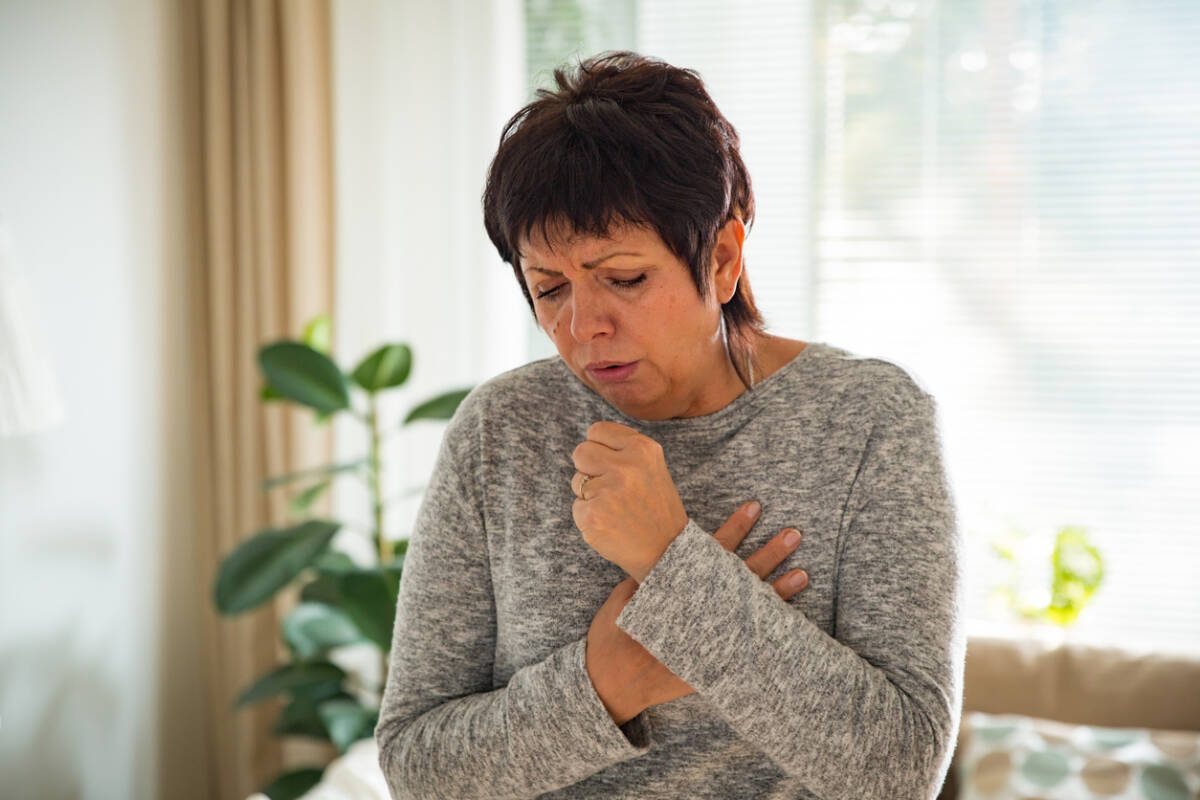Lung cancer is the second most common cancer in the United States, and the leading cause of cancer deaths. Early detection is the key to successful cancer treatment and survival, so screenings can literally make a difference between life and death.
Most people have heard of colonoscopies and mammograms, which are common and highly successful screening tools. But when it comes to lung cancer, only 6 percent of people in the U.S. who are at high risk and eligible for screenings are currently getting screened.
That’s an alarmingly low number.
Because of the low screening rate, lung cancer is often not diagnosed in patients until it’s in an advanced stage.
What causes lung cancer?
Smoking cigarettes is the #1 cause of lung cancer.
Ninety percent of lung cancer patients are older and have a history of smoking. The remaining 10 percent are under age 55. A study by the American Cancer Society reports that 12 percent of lung cancer patients have never smoked at all.
Symptoms of Lung Cancer
According to the American Lung Association, the most common symptoms of lung cancer are:
- Shortness of breath or wheezing
- Coughing up blood or rust-colored spit/phlegm
- Chest pain worsens with deep breathing, coughing or laughing
- Bronchitis or pneumonia that doesn’t go away or keeps coming back
- A cough that doesn’t go away or gets worse
- Headaches
- Hoarseness
- Loss of appetite
- Unexplained weight loss
Who Should Get Screened?
If you’re a current or ex-smoker over age 50, talk to your primary care provider or see a pulmonologist about getting screened with a Low-Dose CT scan. This is a simple test that can provide some peace of mind as well as identify lung cancer in its early stages, when it’s easier to treat.
This preventive lung cancer screening is covered by most insurances including Medicare.
Detecting lung cancer early is the key to survival.
To find out if you should get screened for lung cancer, take the online quiz at www.savedby thescan.org.

























